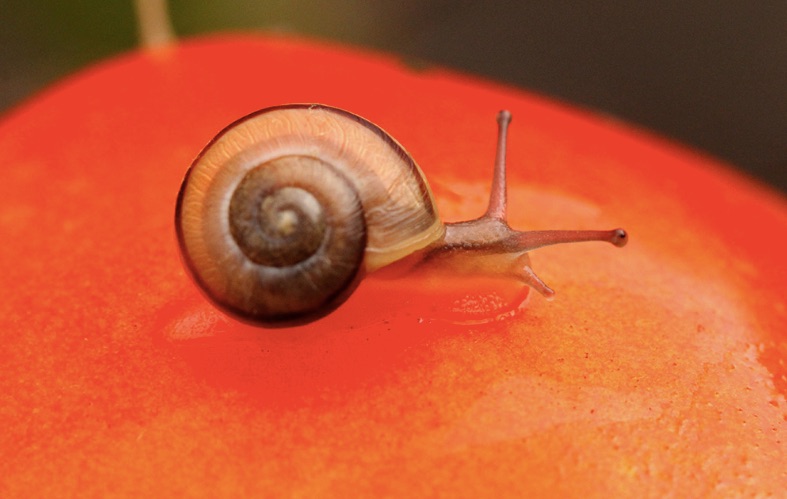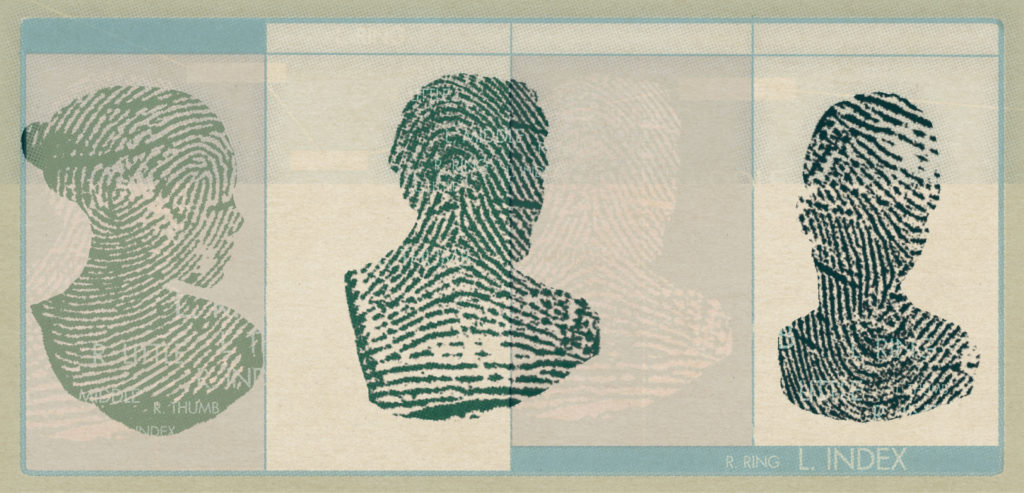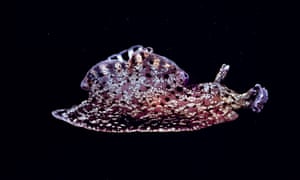via About History by Alcibiades

The Chimu civilization or Chimor Kingdom, was located in the Andes, on the northern coast of Peru. They are usually overshadowed by the Incas in history, but it is important to note that the Incas adopted many aspects of the Chimu culture. For example, the rulers inherited the title, but not the property, of their predecessor; allowing conquered people some autonomy, etc. They flourished in the 14th century until the 1470s, when the last ruler was captured by the Incas. During this period, they built large cities, which were based on agriculture with massive irrigation systems. They were great textile craftsmen; as well as with gold, silver and copper.
Continue reading
==============================
Tomato plants can detect an imminent animal attack
via Boing Boing by David Pescovitz

Tomato plants can detect the telltale sign of nearby snails – slime – and release an enzyme that deters those and other pests before they even touch the leaves, according to new research. The defense mechanism also keeps caterpillars from munching on the plants.
Continue reading
==============================
via Interesting Literature
James Joyce’s collection Dubliners (1914) was not an initial commercial success. It sold just 379 copies in its first year of publication, and 120 of those were bought by Joyce himself. Yet Dubliners redefined the short story and is now viewed as a classic work of modernist fiction, with each of its fifteen short stories repaying close analysis. Here are five of Joyce’s very best stories from Dubliners.
Continue reading
==============================
via Arts & Letters Daily: Chantel Tattoli in the Paris Review

ORIGINAL ILLUSTRATION BY ELLIS ROSEN.
Recently, for a background check for a visa, I had to get fingerprinted by an agent admissible to the FBI while I was still in France. No, we can’t fingerprint you, the website of the Embassy of the United States in Paris stated clearly. No, you can’t fingerprint yourself, the sites of the bureau-approved, USA-based channelers stated. Perhaps, I thought, I would gather my smirches—all those wasted on laptop screens, medicine cabinets, and eyeglasses—and dump them on a bureaucrat’s desk, like payment rendered in coin.
Instead, I fell on a National Fingerprint Collecting Clearinghouse technician named Eve Humrich. She has built a career on the fingertips of expats. I met her at her office on a mezzanine inside a squash club in Montmartre (though she travels between Paris, London, and Brussels for her clients). “I need to see your ID,” Humrich said. I showed my passport—using one type of identification to badge me into the realm of another. Humrich kissed each digit to a lubricious black pad, then onto an official paper card. With a small magnifying lens, she inspected the results: “These are nice and clear.”
Continue reading
==============================
via the Guardian by Ian Sample Science editor

Aplysia californica at night, Channel Islands, California. Photograph: Jeff Rotman/Getty Images
Science may never know what wistful memories play on the mind of the California sea hare, a foot-long hermaphrodite marine snail, as it munches on algae in the shallow tide pools of the Pacific coast.
But in a new study, researchers claim to have made headway in understanding the simplest kind of memory a mollusc mighat form, and, with a swift injection, managed to transfer such a memory from one sea snail to another.
David Glanzman, a neurobiologist at the University of California in Los Angeles, believes the kinds of memories that trigger a defensive reflex in the snail are encoded not in the connections between brain cells, as many scientists would argue, but in RNA molecules that form part of an organism’s genetic machinery.
Continue reading
==============================
via the OUP blog

“Koala Bears Tree Sitting Perched Portrait Grey” by skeeze. CC0 via Pixabay
Koalas: the adorable fluffy mascots of Australia who seem to cuddle everything in sight. It’s no wonder that tourists flock to visit them, photograph them, and feed them the leaves of their all-time favourite food, eucalyptus. Apart from their tree-hugging habits and rigid diet though, how much do you actually know about them?
Continue reading
==============================
via About History by Alcibiades

The Battle of Nördlingen was fought on September 6, 1634. It was one of the key battles of the Thirty Years’ War. The battle was fought between Sweden and the Heilbronn League against Spain, the Holy Roman Empire, and the Bavarian League. The battle led to a victory and new strengthening of the Habsburg (Catholic) position and French entry into the war.
Continue reading
==============================
via Boing Boing by Andrea James

Matt Baker from UsefulCharts.com made a detailed poster and video of how the English alphabet evolved over the last 4,000 years, but his elegant and colorful topline is the simplest iteration of the process:
Continue reading and watch a fascinating video
==============================
via the Big Think blog by Philip Perry
You’ll be surprised how many commonly known science “facts” are actually total misconceptions.
Science classes are supposed to give students not only the most up-to-date knowledge and information but also a belief in the scientific method and perhaps imbue them with the logic and reasoning skills associated with it. Trouble is, there are a lot of myths out there that sabotage these lofty goals. In fact, many of them originate in science classes themselves, taught over and over by teachers too lazy to look them up. Despite already being debunked, they persist. Here are 7 commonly held myths from biology class you probably still believe.
Continue reading
==============================
via Interesting Literature
On Lawrence’s short poem about childhood
The novelist, short-story writer, and poet D. H. Lawrence (1885-1930) had a curious relationship with trees. He reportedly liked the climb mulberry trees in the nude to stimulate his imagination. And trees loom large in his work. In ‘Discord in Childhood’, an early poem which he began writing in 1909 when Lawrence was still only in his mid-twenties, Lawrence uses the ash-tree to suggest the discordant relationship between the tree’s supposed healing properties (it was supposed to play a valuable role in children’s health) and the suffering endured by a child listening to its parents arguing.
Continue reading
No comments:
Post a Comment